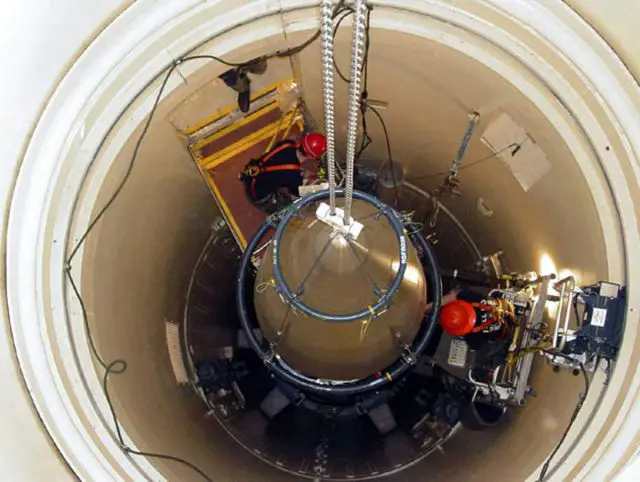|
|
|||
|
Defence & Security News - United States
|
|||
|
|
|||
| U.S. new nuclear defence modernisation and missile defence programme for the next five years. | |||
|
Despite budget cuts, the US will remain the largest defence spender worldwide, with an anticipated expenditure of $560 billion in 2015, including funding for Overseas Contingency Operations (OCO). SDI expects this spending to further grow at a CAGR of 0.51% over the next five years to reach $597 billion in 2020.
|
|||
|
|
|||
 A US Air Force missile maintenance team removes the upper section of an intercontinental ballistic missile with a nuclear warhead in an undated USAF photo at Malmstrom Air Force Base, Montana. A US Air Force missile maintenance team removes the upper section of an intercontinental ballistic missile with a nuclear warhead in an undated USAF photo at Malmstrom Air Force Base, Montana. |
|||
|
|
|||
|
“The recent increase in US defence expenditure is due to the well-defined measures undertaken by the country to reinforce its position as the most powerful military nation in the world. This goes hand in hand with the initiatives to replace aged and worn-out weapons that have been used in the Iraq and Afghanistan wars,” says Deepanjana Deb, analyst at SDI. Tensions in Egypt and Syria, coupled with arms proliferation in Lebanon and other Middle Eastern countries, have intensified the global terrorist threat. “The production of ballistic missiles and weapons of mass destruction in the Middle East, which aid terrorist organisation such as Al-Qaida and Hezbollah, along with Iran’s focus on developing its own nuclear capability, pose a threat to the US,” says Deb. Consequently, the US is expected to embark upon a nuclear defence modernisation plan and missile defence programme which is anticipated to drive the defence expenditure over the next five years. Among the major procurements are C4ISR systems, military IT, multi-role aircrafts and submarines. In order to optimise cost saving as well as boost integration and interoperability between various military ground operations, the US initiated a number of advanced IT programmes. One example is the Enhanced Army Global Logistics Enterprise (EAGLE) programme, which engages in delivering logistics related services to war fighters in the field. Under this programme the vendors will extend various services including programme management, quality assurance, information technology support, training, supply, transportation and maintenance support. |
|||
U.S. new nuclear defence modernisation and missile defence programme for the next five years
- Posted On















